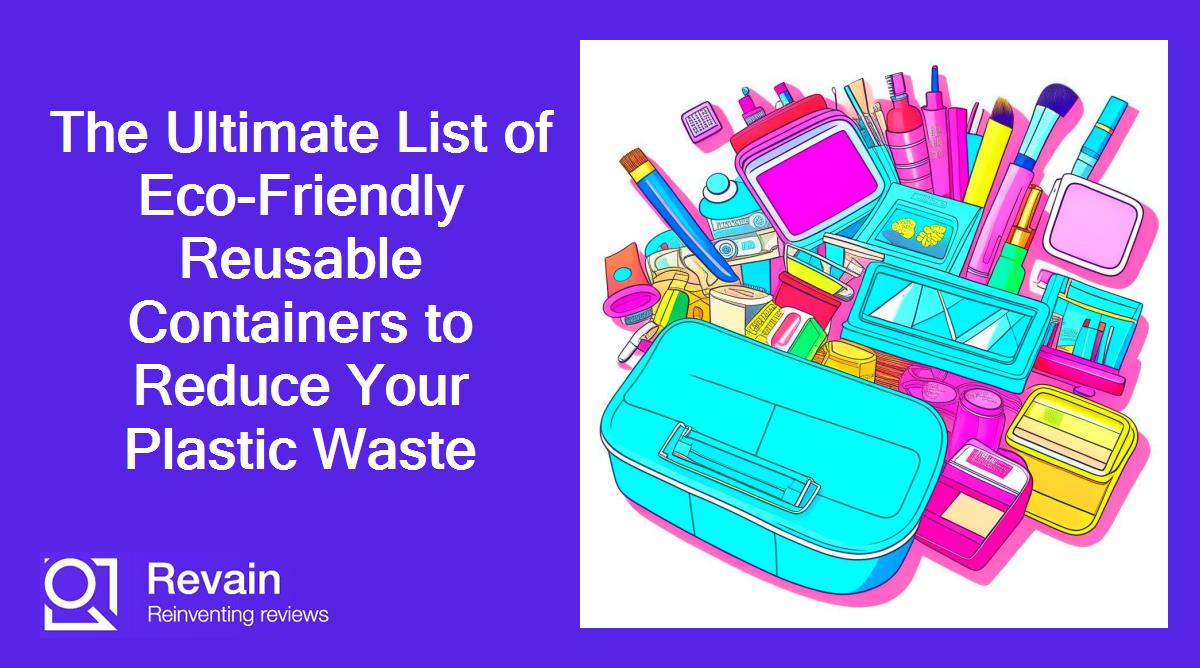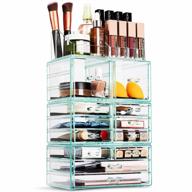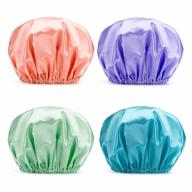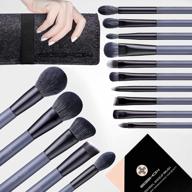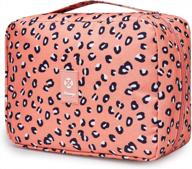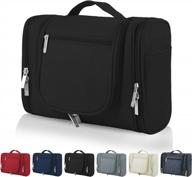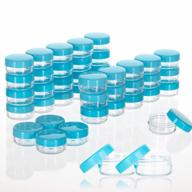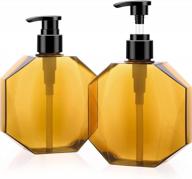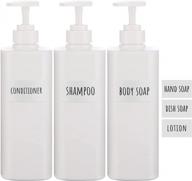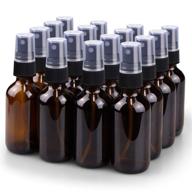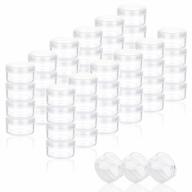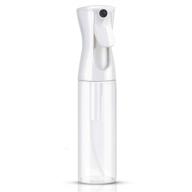Similar products
Problems with Disposable Containers
Single-use disposable containers may seem convenient, but they come with many downsides. Here are some of the main problems caused by our reliance on disposable packaging.
Harmful to the Environment
Disposable containers, especially plastic ones, are hugely problematic for the environment.
- Most disposable plastics are made from fossil fuels like oil and gas. Extracting and transporting these fuels releases greenhouse gases.
- It can take up to 1000 years for disposable plastics to decompose in landfills. They break down into microplastics that contaminate soil and waterways.
- It is estimated that over 8 million tons of disposable plastic enter the oceans each year. Plastic pollution harms marine ecosystems.
Wasteful and Expensive
The linear economy of take, make, use, dispose is incredibly wasteful. Consider these facts:
- Over 100 billion disposable plastic containers are thrown away globally each year after just one use.
- The average person uses about 156 disposable plastic containers like bags, bottles, and cups annually.
- Less than 10% of disposable plastic is recycled. The rest ends up in landfills or the environment.
This waste also has major economic costs:
| Cost | Annual Estimate |
|---|---|
| Disposal and cleanup | $13 billion |
| Lost tourism revenue | $40 billion |
| Reduced fish stocks | $13 billion |
Health Risks
Disposable plastics can also introduce health hazards:
- Harmful chemicals like BPA and phthalates can leach from plastic into foods and drinks.
- Burning plastic waste releases toxic chemicals linked to cancer, organ damage, and developmental problems.
- Microplastics provide surfaces for harmful bacteria and toxins to accumulate.
The Need for Alternatives
Given these environmental, economic, and health impacts, it is clear that a systemic change is urgently needed to move away from a throwaway culture dependent on disposable containers.
Sustainable alternatives like reusable containers, compostable packaging, and robust recycling systems are essential to creating a more circular economy. But these solutions also require big changes in consumer behavior, business practices, and public policy.
The disposable container crisis shows the importance of thinking holistically about systems-level change to mitigate harm. With some imagination and initiative, we can build a society that meets our needs without compromising the health of future generations.
Benefits of Refillable Containers
Reusable, refillable containers provide a sustainable alternative to single-use disposable packaging. Here are some of the key advantages of switching to refillables.
Environmental Benefits
Refillables are eco-friendly and help reduce waste.
- Produce far less waste - a refillable used 100 times creates 99% less waste than disposables
- Conserve resources as fewer new containers need to be manufactured
- Prevent plastic pollution when used instead of disposable plastic
- Can be made from eco-friendly materials like glass, metal, and silicone
Another interesting products
Economic Benefits
Refillables save money in the long run.
- Lower cost per use compared to disposables
- A $10 refillable used 100 times = 10 cents per use
- 100 disposables at 10 cents each = $10
- Saves money for businesses as refills are cheaper than pre-packaged goods
- Reduces litter cleanup costs for communities
Health and Safety Benefits
Refillables are safer and healthier than disposables.
- Inert materials like glass and stainless steel don't leach chemicals
- Can be cleaned and sanitized between uses
- Reduces exposure to toxic BPAs and phthalates from plastic
- Cuts down on inhalation of microplastics
Top products in 🚰 Refillable Containers
Convenience Benefits
Refillables can offer convenience too.
- Refilling stations make getting refills on-the-go easy
- Modern, sleek designs are portable and multifunctional
- Variety of sizes for different uses and needs
- Durable for reuse for many years
With all of these benefits, refillable containers are a simple everyday solution for a more sustainable future.
Types of Refillable Containers
There are many options when it comes to reusable, refillable containers. The key types include:
Glass
Glass containers are natural, inert, and endlessly recyclable. They include:
- Jars - for foods, cosmetics, self-care products. Popular sizes range from 4oz to 32oz.
- Bottles - for beverages, smoothies, juices. Sizes range from 8oz to 64oz.
- Bulk refillable carafes - 1/2 gallon or 1 gallon jugs for pantry essentials.
Glass is impermeable and non-porous so it won't transfer flavors or chemicals. It can be used for hot and cold contents. Tempered glass provides extra durability.
Stainless Steel
Stainless steel containers are strong, long-lasting and keep contents hot or cold effectively. Common types are:
- Water bottles - insulated and vacuum sealed. 12-40oz capacity.
- Food containers - for meal prep and leftovers. Round or rectangular, 5 cup to 3.5 quart sizes.
- Bulk bins - for dry goods. Airtight lids, up to 15 gallons.
Opt for food-grade 18/8 or 18/10 grade stainless steel. It resists corrosion and is easy to clean.
Silicone
Silicone is pliable, durable, and naturally BPA and latex free. Refillable options include:
- Storage bags - roll-up and seal shut. Reusable many times.
- Lids - stretch to fit on cups, bowls, jars. Withstand temperatures up to 428°F.
- Bottles - squishable, won't shatter if dropped. For kids and sports.
Silicone has a high heat tolerance making it perfect for bakery and freezer use. It does absorb stains and odors over time.
Other Materials
There are many other reusable container materials like bamboo, cotton, wool, and metal alloys. The key is finding ones made to safely hold your contents while minimizing environmental impact.
With some creativity and commitment to use, refillables can replace almost all disposable packaging in your life.
Tips for Choosing Refillable Containers
Here are some useful tips for selecting the best reusable, refillable containers for your needs:
Consider the Contents
- What will go inside? Food, liquids, toiletries, etc. Pick a material that is safe for contact.
- Does it need to be glass/stainless steel for hot contents? Or insulating for cold?
- Will acidic or staining items be stored? Opt for glass or stainless steel.
- Does it need to be airtight or leakproof? Look for tight-sealing lids.
Assess Frequency of Use
- How often will it be used? Daily, weekly, occasionally? Choose a durable option if frequent use.
- Will it be refilled on-the-go? Pick a portable, lightweight container.
- Is it a backup or for occasional use? A basic inexpensive option could work.
Consider Practical Features
- Is it easy to open, carry, and clean? Ergonomic designs are helpful.
- Does it have a wide mouth for easy filling and emptying?
- Can it be tossed in a bag without spilling or leaking?
- Is it top-rack dishwasher safe? Or need handwash only?
Evaluate Size Options
- What capacity do you need? Small containers for portability or large for bulk goods?
- Is there a variety of coordinating sizes for different uses?
- Will you want multiple containers of the same size?
Choosing the right refillable containers may take some research and trial and error. But the right options will fit seamlessly into your lifestyle. And you'll avoid throwing away dozens of disposable containers!
What is the use of Amazon Prime for a regular buyer of Refillable Containers?
Amazon Prime offers a number of benefits that can be useful for frequent buyers of reusable and refillable containers. Here are some of the key perks:
Free Two-Day Shipping
As a Prime member, you get fast free shipping on millions of eligible items. This means you can quickly receive your reusable containers and refills without paying extra shipping fees. This perk is especially handy if you tend to place smaller, more frequent orders of consumables like soap, shampoo and cleaning refills.
Free One-Day and Same-Day Delivery
For an additional fee of $2.99 per order, Prime members in eligible areas can get one-day delivery on qualifying orders over $35. Same-day delivery is also available in some metro areas on orders over $35. This express shipping is useful when you need replacements or new containers right away.
Prime Pantry for Bulk Goods
Prime Pantry gives members exclusive access to discounted bulk sizes and bundle deals on popular pantry items. This makes it affordable to buy larger refill sizes of items like laundry detergent, hand soap, coffee and tea. Prime Pantry orders over $35 also get free shipping.
Subscribe & Save Discounts
The Subscribe & Save program lets you schedule automatic deliveries of frequently used products. As a Prime member you get up to 15% off subscriptions and can cancel anytime. This helps you save on continual purchases of refills and consumables.
Overall, a Prime membership can offer convenience and cost savings for eco-conscious consumers who regularly purchase refillable containers and sustainable products. The free fast shipping and bulk purchase discounts provide useful benefits.
"Refillable Containers" Category: Solutions For Your Beauty Routine
Refillable containers are a sustainable solution for the beauty industry's packaging waste problem. Refillable beauty products are becoming more mainstream, with brands such as Kérastase, Diptyque, and L’Occitane launching keep-forever products and beauty refills becoming the new normal. Refillable options may be gaining traction as the beauty industry is looking for more sustainable packaging choices. Refillable and reusable packaging sales are soaring, and it may be the beauty industry's most sustainable solution to date. Refillable containers are available for skincare products, fragrances, and makeup. Refillable jars, such as APC Packaging's patented Refillable Jar, allow skincare and beauty brands to increase the sustainability of their packaging and include PCR. Refillable packaging options are not a catch-all solution, but they are certainly a stepping stone towards better sustainability. However, it is worth noting that refill pouches cannot be recycled through traditional means like council-led kerbside collections.
What Are Some Popular Refillable Beauty Products?
Refillable beauty products are becoming increasingly popular as consumers look for more sustainable options. Here are some of the most popular refillable beauty products:
- Milk Makeup Sunshine Skin Tint Clean SPF 30 Foundation
- Kora Organics Berry Bright Vitamin C Eye Cream
- Dior Rouge Dior Lipstick
- Kjaer Weis Cream Blush
- FaceGym Supreme Restructure Firming Collagen Boosting Moisturizer
- Fenty Skin Hydra Vizor Invisible Moisturizer Broad Spectrum SPF 30 Sunscreen
- Augustinus Bader The Rich Cream
- Byredo Gypsy Water Eau de Parfum
- Charlotte Tilbury Magic Away Concealer
- Glossier Boy Brow
- La Prairie Skin Caviar Concealer Foundation SPF 15
- Rose Inc. Blush Divine Radiant Lip & Cheek Color
- Kerastase Refillable Bain
- Tata Harper Water-Lock Moisturizer
- Hermes Rouge Hermes Matte Lipstick
- HairStory New Wash
- Dove Coconut & Pink Jasmine Refillable Deodorant
- Glossier You Solid Perfume






